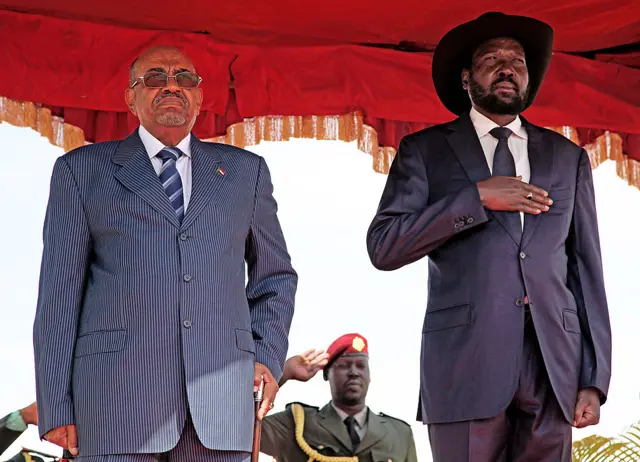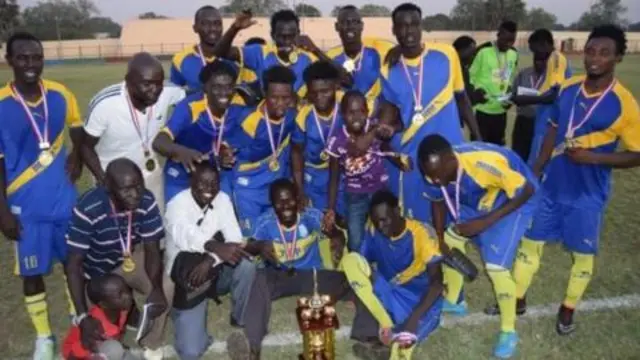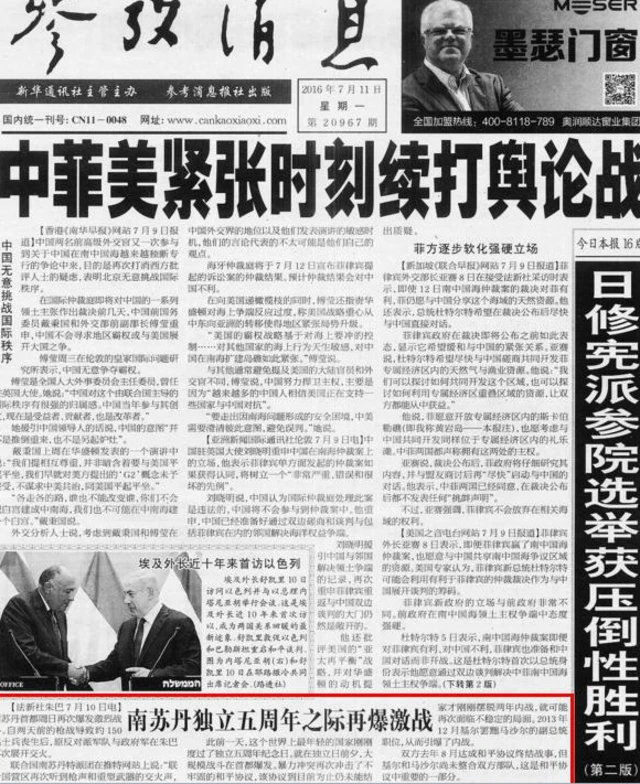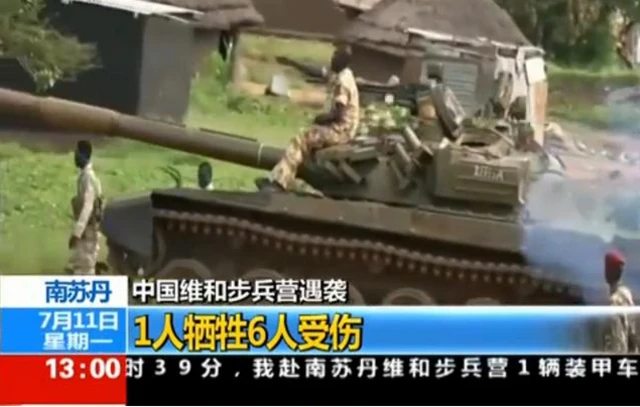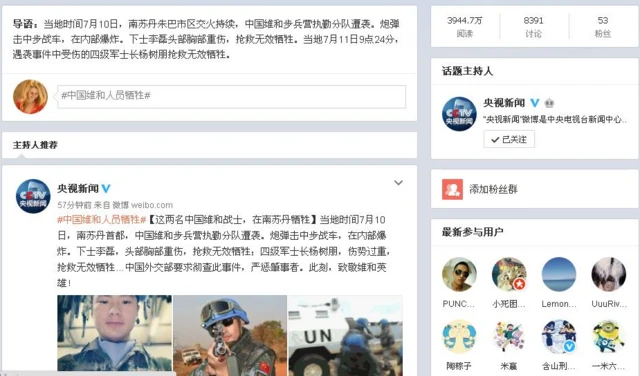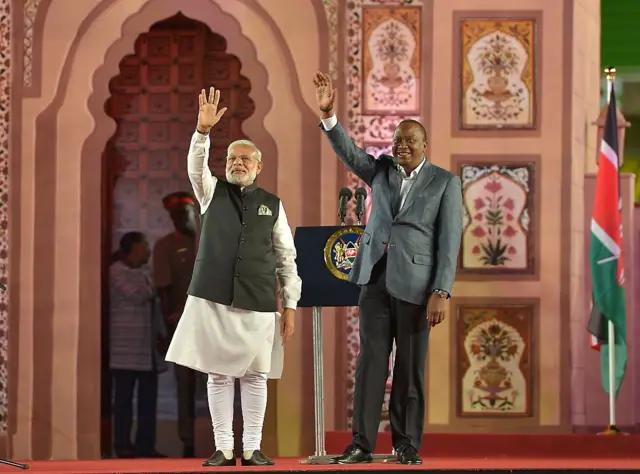What lies behind South Sudan's conflict?published at 13:03 BST 11 July 2016
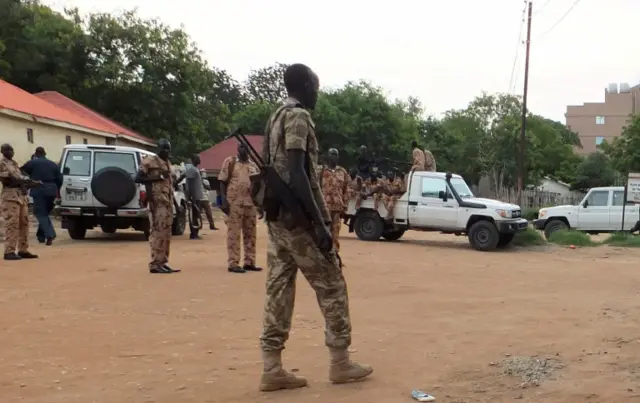 Image source, Reuters
Image source, ReutersMore than 200 people are reported to have been killed in South Sudan since a new round of fighting broke out between forces loyal to President Salva Kiir and his rival, Vice-President Riek Machar.
Mr Machar returned to Juba in April to take his seat in a new unity government to end conflict which erupted in 2013.
So why has the fighting resumed?
It seems a disagreement at a checkpoint between rival soldiers led to a shootout in which five soldiers died. This quickly escalated into serious fighting. Tensions have been high since April, when Mr Machar returned to Juba under a peace deal following a two-year civil war. He took about 1,300 bodyguards with him and they were supposed to start joint patrols with forces loyal to President Kiir. But a lack of trust between the two sides means the patrols have not begun.
Will it become a new civil war?
There are concerns that what we are seeing is a repeat of what happened in December 2013. The two-year civil war started then after clashes between rival soldiers in Juba and degenerated into nationwide ethnic conflict in which thousands died. So far, Mr Kiir and Mr Machar have called for calm.
What can the international community do?
The international community played a major role in the creation of South Sudan and has tried to exercise some influence since independence in 2011. The UN and US have called for an immediate end to fighting, a call echoed by the East African regional group, Igad, which brokered the recent peace deal. Igad foreign ministers are in emergency talks in Kenya to consider ways to end the conflict.
